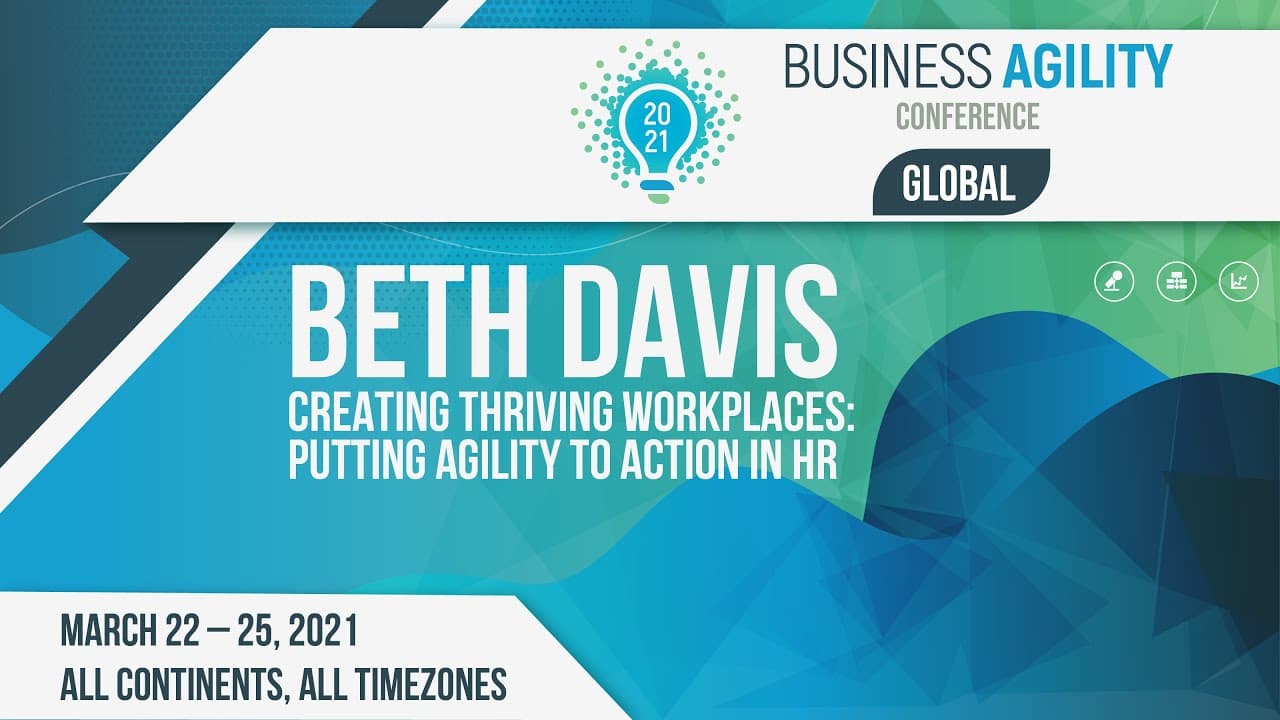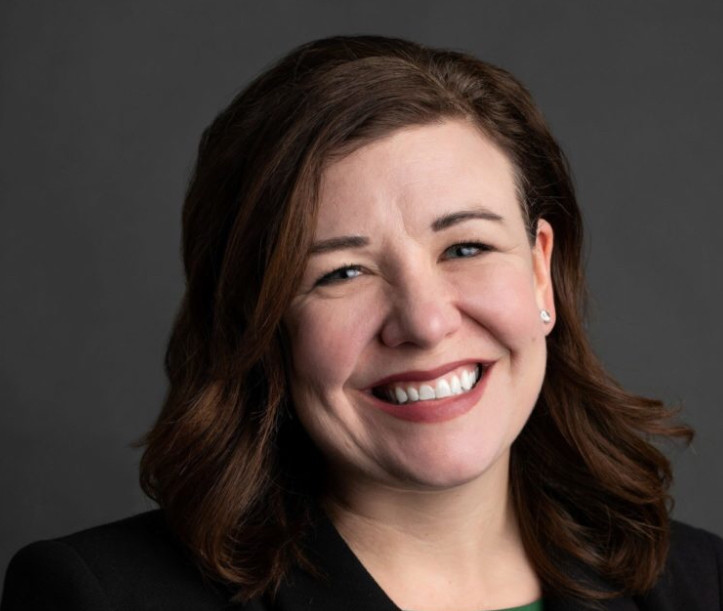Hey everybody, nice to see you all here! I see a couple of familiar names in the chat, so thanks for being here. My intention for this session is to share my passion for this work—I think you'll hopefully feel it come through the screen.
I'll give you a little background on why this matters to me, but I also want to make this session practical. When we have these kinds of talks, it’s important not to just focus on theory but also on actionable things we can do. I’ll share some of the things I’ve already done and some mistakes I’ve made along the way—so it’s not all, as I say, puppies and sprinkles and everything is great. My goal is to leave you with practical activities and to evoke some thinking and questions about how you can move this forward.
About Me
I'm from Pittsburgh, Pennsylvania, which, for those not from the U.S., is in the southwestern part of the state. I’ve been in this profession—HR, technology, operations, and culture change—for 22 years. I’ve had the good fortune to work with very diverse companies, starting with a successful startup in the late ‘90s (yes, you can do the math on how old I am). That experience shaped how I think about people, collaboration, and engaging work practices.
After that, I moved into more traditional HR roles, which was frustrating because my instincts were always to collaborate and create solutions rather than follow rigid, cookie-cutter approaches. Then, 11 years ago, I met my now-husband, a software developer passionate about extreme programming. He introduced me to Scrum, and I thought, "I like to work that way too! Everything you're talking about makes sense to me—I want in!"
At that time, there was less openness—simply because it wasn’t on the radar—to bringing agile principles and practices into HR and people operations. So, I’ve been on this mission for 11 years.
My Agile Journey
I see some Agile colleagues in the chat—so hello! I’m a member of the Agile People community and was the first U.S. team member of Agile People. We teach IC Agile-certified courses on agility in HR and people practices. I’m also a Scrum Trainer with Scrum Inc. and helped create the first-ever Scrum in HR certification class last year, which I’m really proud of!
Getting Started: Why Are You Here?
Let’s make this interactive. I’ll share a few questions—please respond in the chat.
Question 1: What Attracted You to This Session?
Why are you here? What brought you to this talk today?
(Responses: "Curiosity," "We need it," "Getting practical about being Agile in HR.")
Question 2: How Do You See HR?
One word—be honest! How do you see HR?
(Responses: "Red tape," "People police," "Gatekeepers," "Policy keepers," "Enablers.")
It runs the gamut, doesn’t it? It still hurts my heart that HR isn’t further along, and there’s still a lot of shaming and blaming in organizations. Someone once told me, "If you actually like people, you should never have picked a career in HR." That made me crazy! I got into this profession because I love people.
Question 3: What Does Being Agile Mean to You?
Not doing Agile—being Agile. What does it mean to you?
(Responses: "Continuous improvement," "Flexibility," "Responding to change," "Collaboration.")
Agility and HR: A Connection
I love this discussion! It reminds me of an article from the 1994 Harvard Business Review about the Service-Profit Chain. It talked about customer success, but it traced it back to how engaged employees create satisfied customers.
Too often, organizations focus on bottom-line results without paying attention to what motivates employees. Instead of initiatives with a start and end date, we should focus on what naturally engages people. Happy, engaged employees create great customer experiences. Yet, many companies separate engagement and people development into HR as if it's not everyone's responsibility.
HR as Complexity in Action
HR is complexity in action. We deal with everything from strategic planning, engagement, total rewards, technology, and compliance to workforce planning. We touch every part of the organization—every level, from entry-level employees to the CEO. That means HR is naturally working in a VUCA (Volatile, Uncertain, Complex, Ambiguous) environment, which is exactly what Agile was designed for.
Culture and Change in Agile HR
Peter Senge’s work on learning organizations highlights three dimensions of work:
- Delivering products and services.
- Designing systems and processes.
- The human side—behavior, mindset, and interaction.
Many Agile transformations fail because they focus only on processes and ignore the human side—culture, trust, and engagement. HR can bridge that gap.
Agile People Principles
When I joined Agile People three years ago, we talked about the Agile People Principles. These principles help organizations build Agile cultures. A practical takeaway: Do a self-assessment. Where do you feel strong? Where are there gaps? Involve your team in this discussion.
HR as a Product, Not a Project
Traditionally, HR has been about projects and initiatives. I challenge you to shift your mindset: HR’s product is the entire employee experience. From recruitment to exit, how do we continuously improve?
Think about HR’s role in:
- Co-creating policies with employees and managers.
- Using Agile approaches to performance management, compensation, and engagement.
- Breaking down silos within HR itself.
Final Takeaways
Think about your 15-minute takeaway—what can you do right now without needing approval, additional resources, or a massive change? Start small, experiment, and iterate.
Thank you for being here! I see great questions in the chat, and I appreciate you sharing this time with me.



